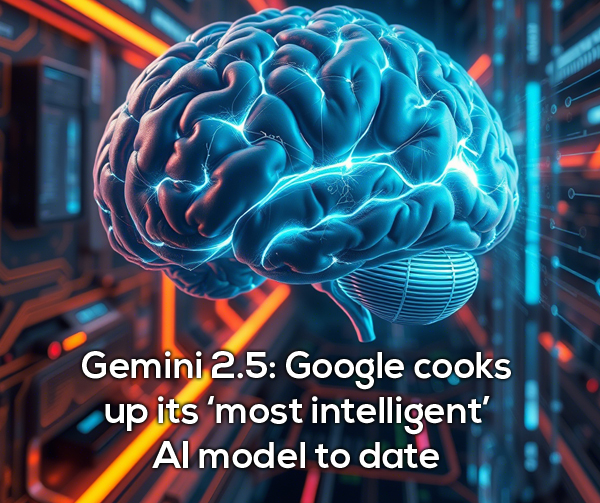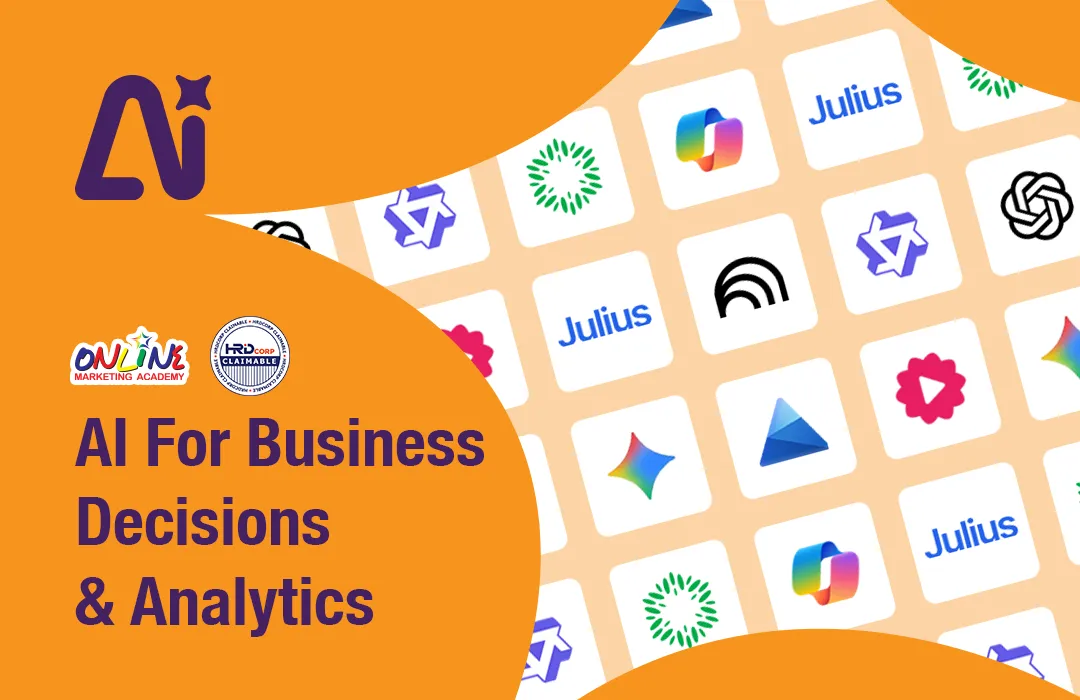Prompt Like a Pro: 11 Frameworks That Will Instantly Improve Your AI Prompts
27 June 2025
Have you ever typed a question or request into ChatGPT, only to get a vague or completely off response? You're not alone. The truth is, most people don't get great results from AI tools because they aren't prompting effectively.
That's where prompt frameworks come in.
These are easy-to-use formulas or structures that help you organise your thoughts and give the AI a clear direction. In this blog post, we’ll explore 11 of the best prompt frameworks you can start using today—complete with examples and use cases.
Why Prompt Frameworks Work
- Make your requests clearer and more specific
- Help AI understand your intent, audience, and tone
- Save time and reduce the number of trial-and-error prompts
In short, they make you a faster, smarter AI user.
1. C.R.A.F.T.
Best for: Writing emails, captions, ads, or other marketing content
Stands for:
- Context
- Request
- Audience
- Format
- Tone
Context: I'm replying to a customer who's unhappy about a late delivery.
Request: I want to apologise and offer a 15% discount.
Audience: A busy working professional.
Format: Short email.
Tone: Sincere and professional.
Write a short, professional email to a customer apologising for a late delivery and offering a 15% discount.
2. R.I.D.E.
Best for: Task delegation, productivity tools, or structured instructions
Stands for:
- Role
- Input
- Directive
- Expected Output
You're a career coach. Given this resume, rewrite it to be more appealing to hiring managers in the tech industry.
Want to learn how to integrate AI into your Marketing and Business? Click and sign up today!
3. P.A.S.
Best for: Marketing copy, landing pages, persuasive writing
Stands for:
- Problem
- Agitate
- Solution
Write an Instagram caption using the PAS formula to sell a budgeting app.
Problem: Struggling to track your monthly expenses? Agitate: It’s frustrating to run out of money mid-month with no clue where it went. Solution: Our app helps you stay on top of your finances with just one tap.
4. A.I.D.A.
Best for: Ads, social posts, product descriptions
Stands for:
- Attention
- Interest
- Desire
- Action
Write a Facebook ad for a productivity app using AIDA.
Attention: Still wasting hours on unorganised to-do lists? Interest: Meet ZenFocus, the app designed for busy minds. Desire: Plan your day in seconds and focus like never before. Action: Download free today and get more done by 5 PM.
5. S.C.Q.A.
Best for: Business memos, storytelling, proposals
Stands for:
- Situation
- Complication
- Question
- Answer
Create a short business proposal using the SCQA framework to suggest a new internal software system.
Want to integrate AI into your Marketing & Business? Join our AI for Business & Marketing course and get started today!
6. J.T.B.D. (Jobs to Be Done)
Best for: Product positioning, UX writing
When [situation], I want to [motivation] so I can [desired outcome].
Write a one-sentence value proposition for a food delivery app using JTBD.
When I’m working late, I want a fast, reliable dinner option so I can eat well without stopping my workflow.
7. P.R.O.M.P.T.
Best for: Long-form, multi-step requests
- Purpose
- Role
- Objective
- Method
- Parameters
- Tone
Purpose: Create a blog outline.
Role: You are a professional content strategist.
Objective: Help beginners understand email marketing.
Method: Use bullet points.
Parameters: Keep it under 600 words.
Tone: Friendly and simple.
8. M.I.N.T.
Best for: Productivity, team tasking, AI agents
- Mission
- Input
- Next Step
- Tone
Mission: Improve a sales pitch.
Input: Original pitch text.
Next Step: Rewrite it to be more persuasive.
Tone: Confident.
9. F.A.S.T.
Best for: Content creation (blogs, videos, posts)
- Format
- Audience
- Style
- Topic
Write a LinkedIn post for working mums in a motivational tone about finding time to learn new skills.
10. 5W1H
Best for: Problem-solving, research, writing articles
- Who
- What
- When
- Where
- Why
- How
Write a blog intro explaining how electric vehicles work using 5W1H.
11. D.E.E.P.
Best for: Training material, explainers, educational content
- Define
- Explain
- Example
- Practical Use
Explain the concept of blockchain using the DEEP framework.
Summary Table
| Framework | Stands For | Best Used For |
|---|---|---|
| C.R.A.F.T. | Context, Request, Audience, Format, Tone | Writing content like emails or ads |
| R.I.D.E. | Role, Input, Directive, Expected Output | Delegating tasks, giving AI instructions |
| P.A.S. | Problem, Agitate, Solution | Copywriting, ad writing |
| A.I.D.A. | Attention, Interest, Desire, Action | Ads, product posts |
| S.C.Q.A. | Situation, Complication, Question, Answer | Proposals, storytelling |
| J.T.B.D. | Jobs To Be Done | Product UX, value propositions |
| P.R.O.M.P.T. | Purpose, Role, Objective, Method, Parameters, Tone | Long-form or complex tasks |
| M.I.N.T. | Mission, Input, Next Step, Tone | Delegation, productivity |
| F.A.S.T. | Format, Audience, Style, Topic | Creative content |
| 5W1H | Who, What, When, Where, Why, How | Reports, articles, analysis |
| D.E.E.P. | Define, Explain, Example, Practical Use | Training and educational content |
Final Tip: Combine Frameworks
You don’t have to stick to just one! Try combining frameworks for even more powerful prompts.
You are a career coach (R). Use CRAFT to write a LinkedIn post (F) for fresh grads (A) with a motivational tone (T).
Our team at Online Marketing Academy (OMA) has compiled comprehensive research on AI here: Unpacking the AI Card Model Framework. As we discover what drives results in AI for you, we'll share more findings.







 WhatsApp Us +6011 1144 5462
WhatsApp Us +6011 1144 5462



